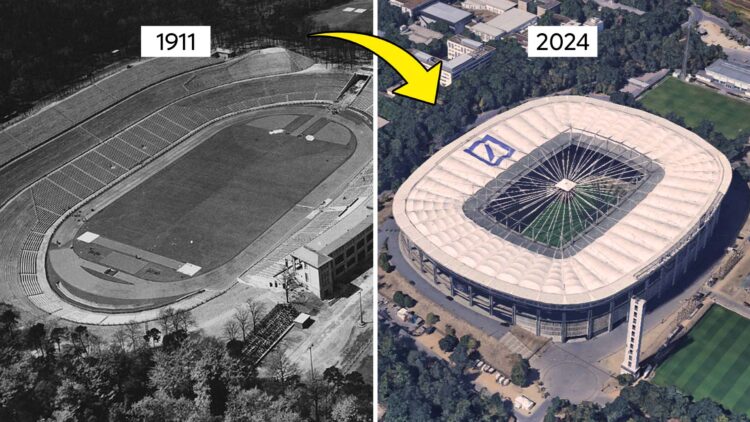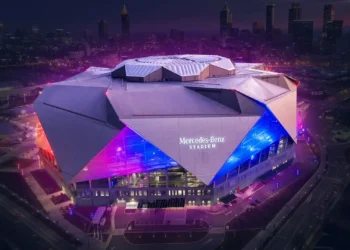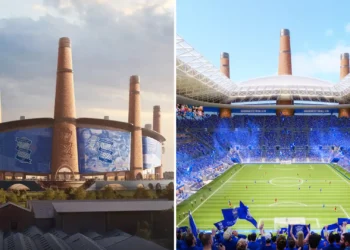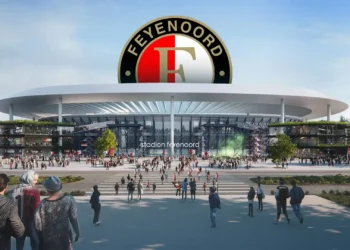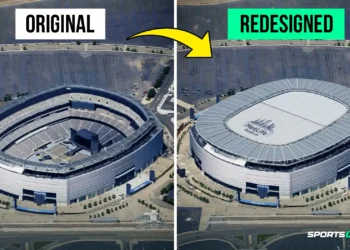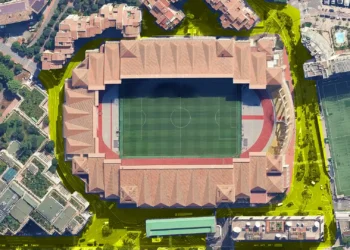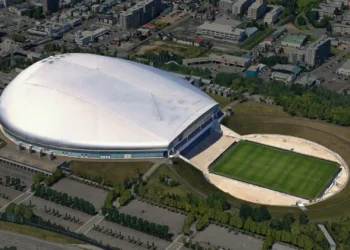Germany boasts a rich football history and many of its oldest stadiums have stood the test of time and are still active. Here’s a tour of the 10 oldest stadiums in Germany that are still in use.
10. Niederrheinstadion – 1926 (Oberhausen)
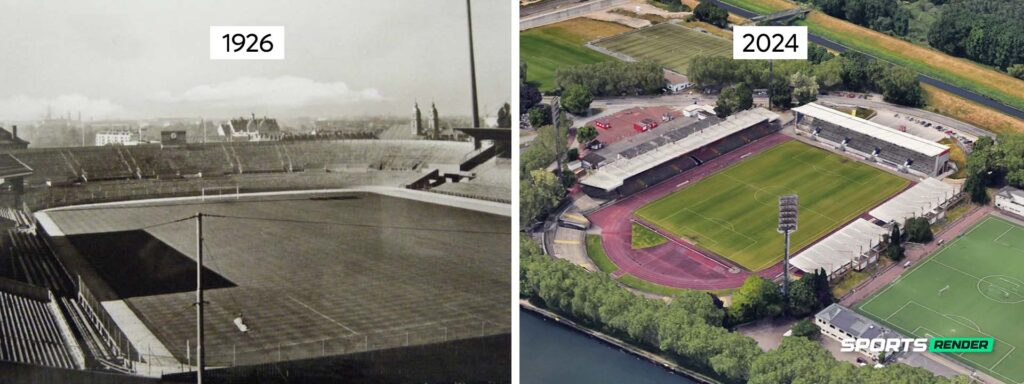
Located in Oberhausen, Niederrheinstadion opened in 1926 and serves as the home of Rot-Weiß Oberhausen. This stadium has a modest capacity but holds a special place in local sports history.
9. Bielefelder Alm Stadion – 1926 (Bielefeld)

The Bielefelder Alm Stadion, also known as the SchücoArena, was built in 1926 and is the home ground of Arminia Bielefeld. Known for its intimate setting and loyal fanbase, this stadium combines tradition with modern facilities, providing a great match-day experience in the heart of Bielefeld.
8. Waldstadion – 1925 (Frankfurt)
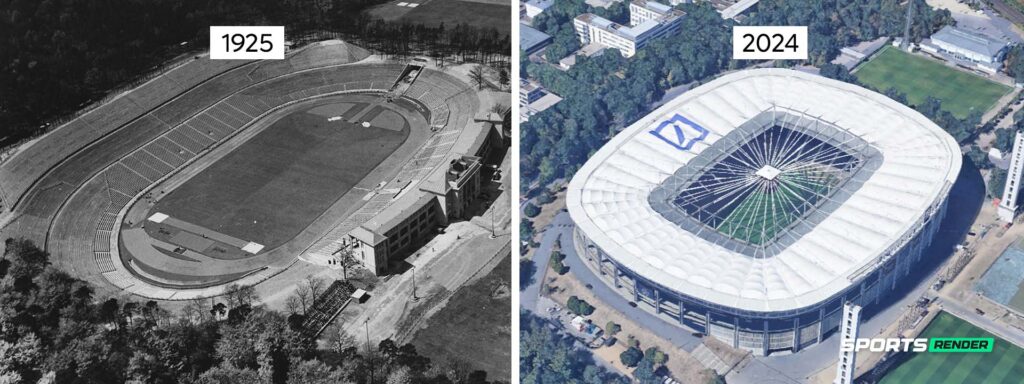
Now known as Deutsche Bank Park, the Waldstadion in Frankfurt was initially opened in 1925. It serves as the home stadium for Eintracht Frankfurt and has a rich history, including hosting World Cup and European Championship matches. The stadium has undergone significant renovations but still carries the legacy of the original Waldstadion.
7. Stadion am Zoo – 1924 (Wuppertal)
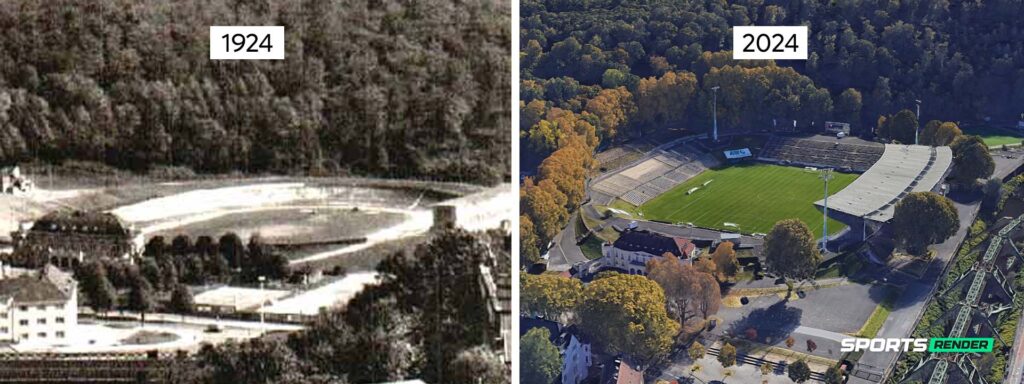
Named for its proximity to the Wuppertal Zoo, Stadion am Zoo was inaugurated in 1924. Home of Wuppertaler SV known for its picturesque surroundings, the stadium provides a fantastic backdrop for football matches and is a real gem among of Germany’s oldest stadiums.
6. Eintracht-Stadion – 1923 (Braunschweig)
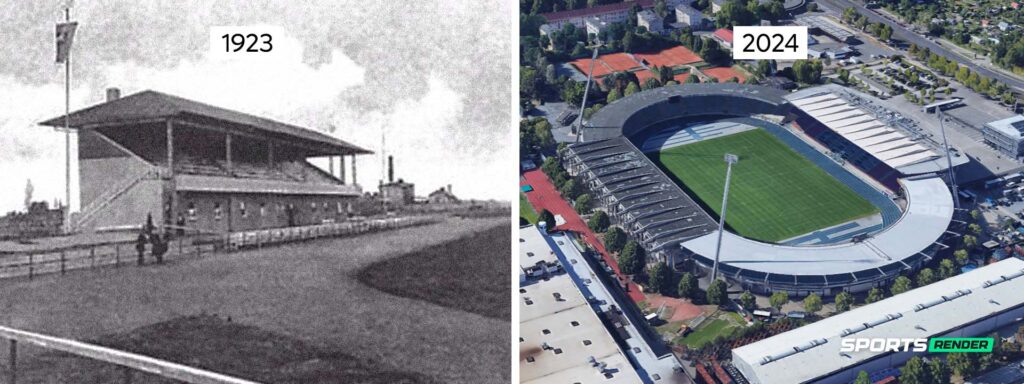
The Eintracht-Stadion in Braunschweig, also opened in 1923, is home to Eintracht Braunschweig. Known for its deep roots in the local community, this stadium has witnessed many memorable matches and is admired for its classic look and loyal fanbase. Over the years, it has become a symbol of pride for the people of Braunschweig.
5. Rudolf-Harbig-Stadion – 1923 (Dresden)
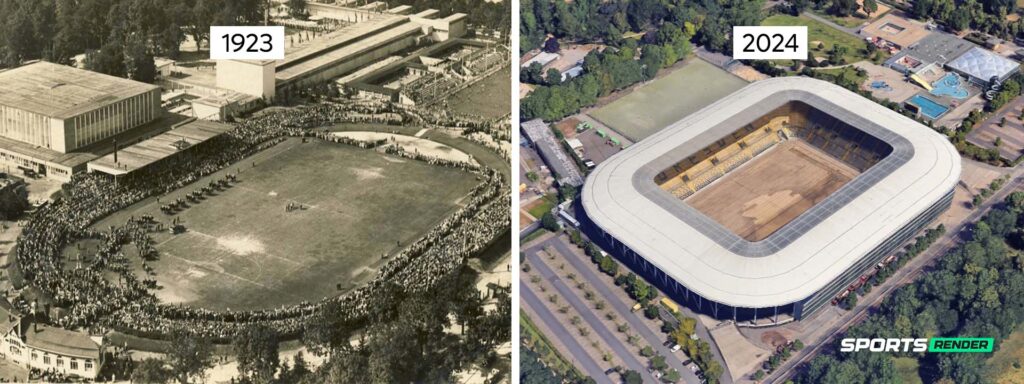
Built in 1923, the Rudolf-Harbig-Stadion is located in Dresden and is home to Dynamo Dresden. Named after a famous German middle-distance runner, this stadium has a rich history and has hosted numerous memorable events. It combines modern features with a strong historical heritage, making it a popular destination for local fans.
4. Müngersdorfer Stadion – 1923 (Cologne)
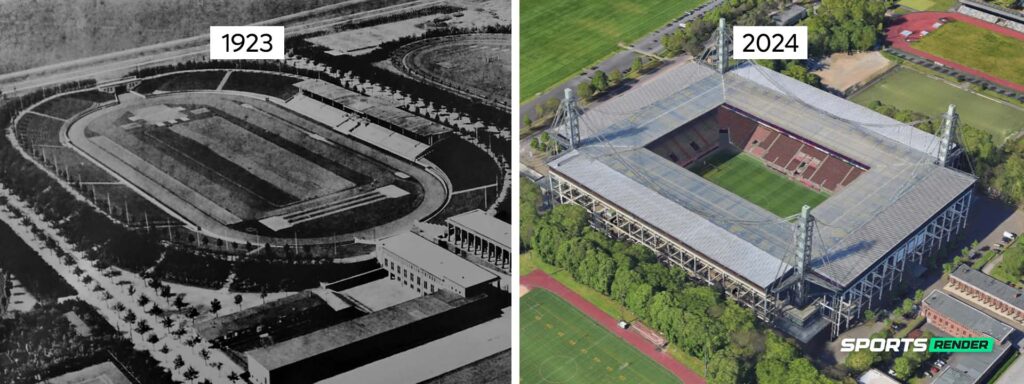
Now known as the RheinEnergieStadion, the Müngersdorfer Stadion in Cologne was originally built in 1923. Home to 1. FC Köln, this stadium has undergone several renovations, evolving into a modern facility while retaining its historical significance. Its location and passionate fanbase make it one of Germany’s most notable football venues.
3. Fritz-Walter-Stadion – 1920 (Kaiserslautern)
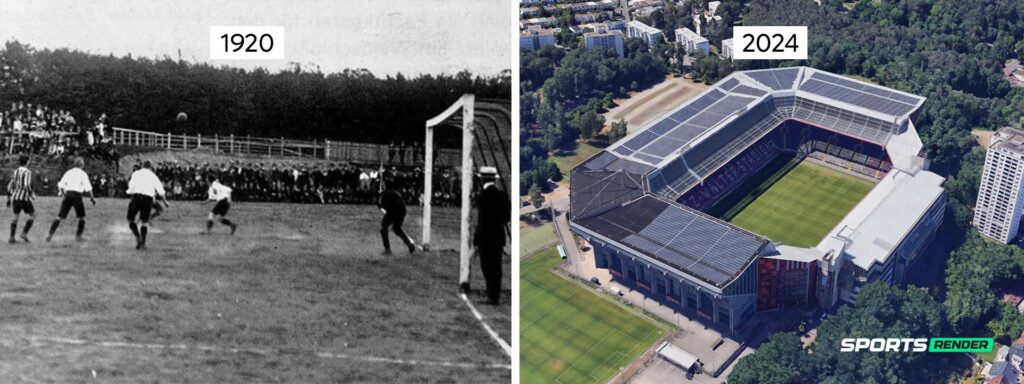
Named after legendary German player Fritz Walter, this stadium in Kaiserslautern was completed in 1920. Fritz-Walter-Stadion has hosted numerous historic matches and is known for its lively atmosphere. Home to 1. FC Kaiserslautern, the stadium sits atop the Betzenberg hill, which gives it a unique ambiance and makes it a revered ground in German football.
2. Ellenfeldstadion – 1912 (Neunkirchen)
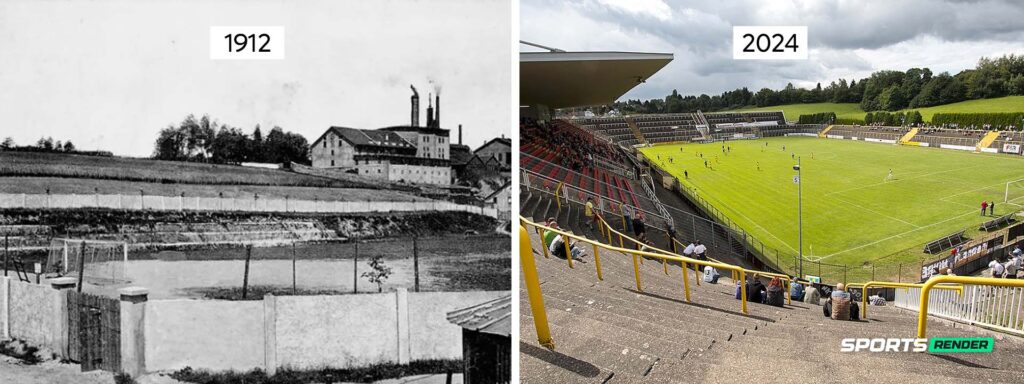
Located in Neunkirchen, Ellenfeldstadion was inaugurated in 1912. With its classic architecture, this stadium reflects early 20th-century design and was once among the largest in Germany. Although now mainly used for local matches, Ellenfeldstadion remains a historical landmark for football fans in the region.
1. Vonovia Ruhrstadion – 1911 (Bochum)
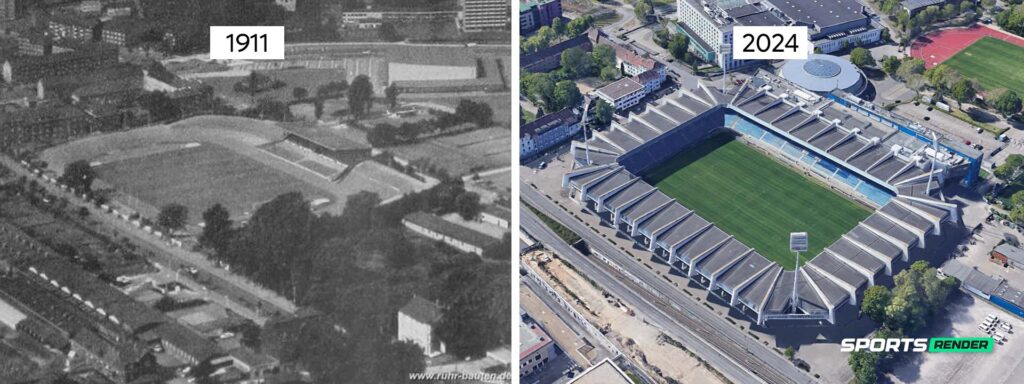
Originally built in 1911, Vonovia Ruhrstadion is the home ground of VfL Bochum. Known for its intimate atmosphere, this stadium has been modernized over the years but retains much of its early charm. It has a dedicated fanbase and is beloved for its close-to-the-field design, making it one of the most iconic stadiums in German football.
READ ALSO:

